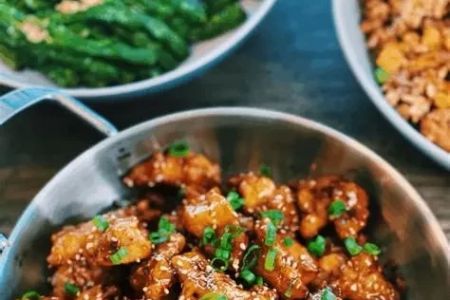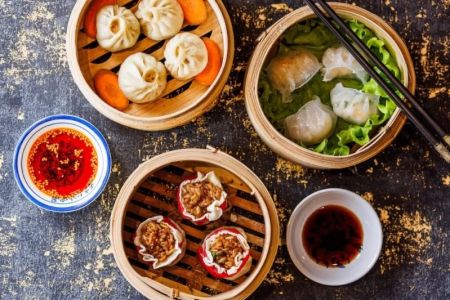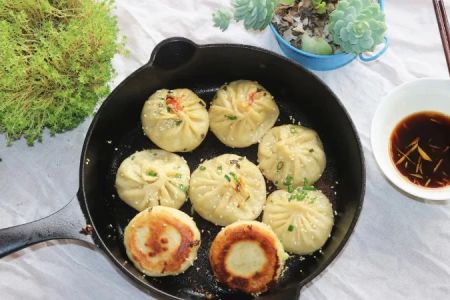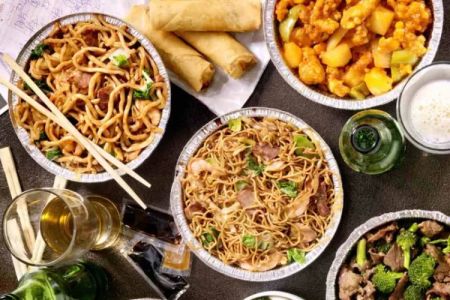- ancient-roots-of-the-wok-in-chinese-culture
- the-design-of-the-wok-function-meets-necessity
- how-the-wok-shaped-regional-chinese-cuisine
- stories-of-tradition-generations-of-wok-users
- the-modern-revival-and-global-appreciation
- why-chinese-food-helps-you-choose-the-right-wok
1. Ancient Roots of the Wok in Chinese Culture
The wok's history traces back over 2,000 years to the Han Dynasty, where it first appeared as a utilitarian cooking vessel. Originally made from clay, then cast iron and carbon steel, the wok evolved alongside Chinese society. Its round-bottom design was not just practical—it was deeply symbolic. In traditional Chinese households, food represented harmony, and the wok was the tool that helped create that harmony every day.
Archaeologists have unearthed early forms of the wok in Guangdong and Zhejiang provinces, confirming its ancient presence. The tool adapted well to the fuel sources of the time—mainly wood and charcoal—since its shape allowed high heat cooking with limited energy.
2. The Design of the Wok: Function Meets Necessity
2.1 The Curved Bottom and Heat Control
Unlike flat pans, the wok’s curved bottom creates a natural temperature gradient. Ingredients placed at the center sear at intense heat, while those along the slope cook slowly or stay warm. This makes the wok incredibly versatile—perfect for stir-frying, deep-frying, steaming, braising, and even smoking.
2.2 Handles, Materials, and Craftsmanship
Traditional Cantonese woks feature two small loop handles, while northern versions often include a long handle for tossing. Carbon steel is the most common material due to its responsiveness to heat and ability to form a patina that adds nonstick quality and flavor depth over time. Many chefs treat their woks like cast iron heirlooms, seasoning them with pride.
3. How the Wok Shaped Regional Chinese Cuisine
3.1 Southern China: Quick and Fiery
In regions like Guangdong, wok hei—or “breath of the wok”—is considered a sacred culinary art. Achieved by stir-frying ingredients at blazing temperatures with precise timing, wok hei adds a smoky, savory aroma that defines Cantonese cuisine. Street food vendors and restaurant chefs alike rely on their seasoned woks for this signature effect.
3.2 Northern and Inland Variations
While the wok remains consistent in its core function, inland Chinese provinces adapt its use for different cooking styles. In Sichuan, it becomes a cauldron for spicy hotpot. In Hunan, it's used for oil-heavy, fiery sautés. Each region's wok usage tells a story of available ingredients, climate, and cultural identity.
4. Stories of Tradition: Generations of Wok Users
Ask any Chinese grandmother about her favorite kitchen tool, and chances are it’s the wok she’s used for decades. One memorable story comes from a family in Shanghai, where a carbon steel wok passed down through four generations still hangs above the stove. The family believes the seasoned wok imparts not just flavor, but the spirit of shared meals.
Celebrity chefs like Martin Yan and Fuchsia Dunlop have also spoken about the wok’s emotional value—how it connects them to their roots while continuing to evolve with modern tastes.
5. The Modern Revival and Global Appreciation
Today, the wok is no longer just a staple in Chinese kitchens—it’s gone global. From hipster kitchens in Brooklyn to Michelin-starred restaurants in Paris, chefs are embracing the wok for its versatility and authenticity. Culinary schools are now including wok mastery in their curricula, acknowledging its importance not just in Chinese cooking, but in modern fusion cuisine.
Even social media has played a role in the wok’s revival. On TikTok and YouTube, thousands of videos showcase sizzling stir-fries and masterful wok flips. What was once considered an ethnic niche tool is now a sought-after symbol of culinary artistry.
6. Why Chinese Food Helps You Choose the Right Wok
If you’re inspired to explore the world of woks—from learning about wok hei to choosing between carbon steel and cast iron—Chinese Food is your trusted resource. Whether you’re a home cook or a seasoned chef, we provide guides, product insights, and authentic cookware that help you cook with confidence.
Understanding the history of the wok is more than a lesson in kitchenware—it’s a journey through culture, resilience, and flavor. And with the right tools and guidance, that history becomes part of your own kitchen story.







